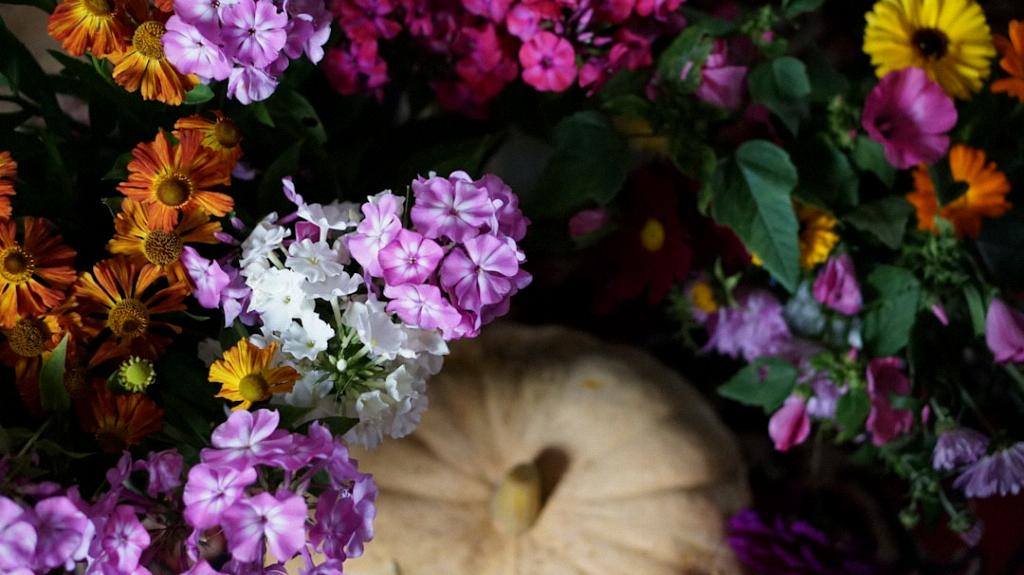Deadheading is a common practice in gardening to maintain the beauty and vitality of plants. When it comes to phlox, deadheading can be a beneficial task that contributes to the overall health and appearance of the plant.
The Importance of Deadheading Phlox
By removing clusters of faded flowers from phlox, you prevent the plant from diverting energy into seed production. This energy can instead be directed towards new growth and blooming, resulting in a longer-lasting and more vibrant display of flowers.
Benefits of Deadheading
Deadheading phlox not only prolongs the blooming period but also promotes continuous flowering. Removing spent blooms encourages the plant to produce new buds, leading to a more abundant and colorful floral show in your garden.
Enhancing Aesthetic Appeal
Aside from the practical benefits, deadheading phlox can significantly enhance the aesthetic appeal of your garden. Neatly trimmed plants with no wilted flowers create a tidier and more visually appealing landscape.
Preventing Self-Seeding
Deadheading phlox is essential to prevent self-seeding. By removing faded flowers, you reduce the likelihood of mature seeds dropping to the ground and germinating, potentially overcrowding your garden.
Promoting Plant Health
Regular deadheading contributes to the overall health of phlox plants. Removing old blooms reduces the risk of diseases and pests that may target decaying flower heads, keeping your phlox healthier and more resilient.
Stimulating Growth
Deadheading serves as a form of pruning that stimulates new growth in phlox. This practice encourages the plant to produce more foliage and flowers, resulting in a fuller and more vigorous appearance.
Best Practices for Deadheading
When deadheading phlox, it is recommended to use sharp garden shears or scissors to make clean cuts just above a set of healthy leaves or a leaf node. This helps promote proper healing and minimizes stress on the plant.
Timing Matters
For optimal results, deadhead phlox regularly throughout the flowering season. Aim to remove spent blooms promptly to encourage continuous blooming and maintain the plant’s vitality.
Consider Sterile Varieties
While some newer phlox cultivars are sterile and do not produce viable seeds, deadheading remains beneficial for aesthetic reasons. Even with sterile varieties, removing faded flowers can enhance the plant’s appearance and encourage more blooms.
Personal Preference
Ultimately, the decision to deadhead phlox depends on personal preference and desired outcomes. If you prioritize a well-groomed garden with continuous blooming and vibrant flowers, regular deadheading is a worthwhile practice.

Conclusion
In conclusion, deadheading phlox is a simple yet effective technique that can yield numerous benefits for your plants. By investing time in this task, you not only maintain the health and vitality of your phlox but also enhance the overall beauty and appeal of your garden.
